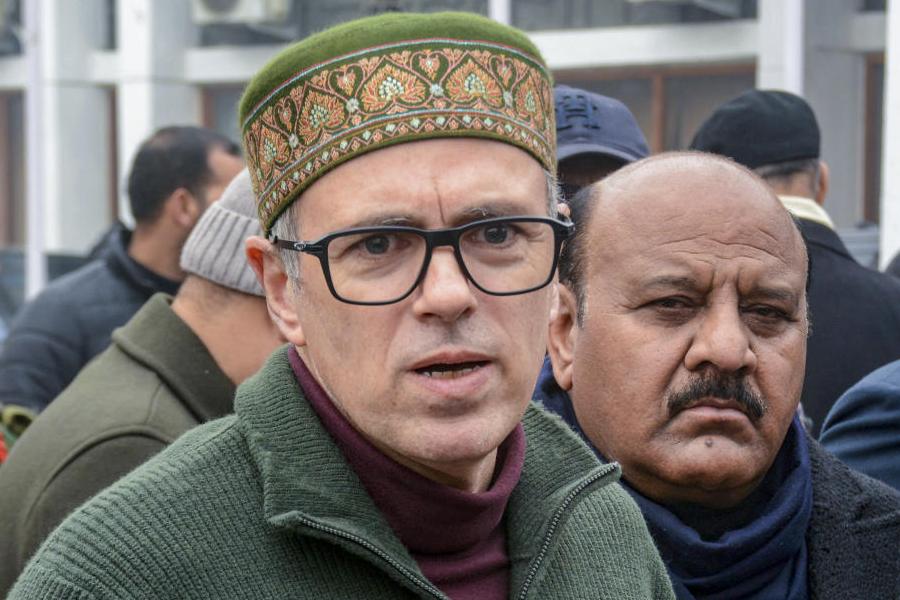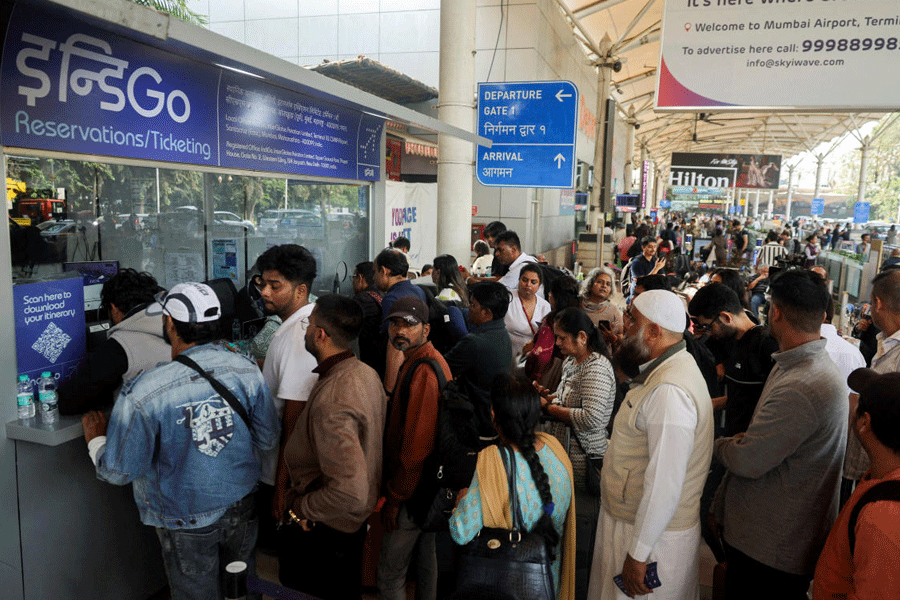 |
New Delhi, July 16: Exports rose 10.22 per cent in June to $26.4 billion from $24.02 billion in the same month last year on account of a strong growth in demand for engineering goods, readymade garments and petroleum products. In May, exports had grown 12.40 per cent.
However, the good news was eclipsed by an 8.33 per cent rise in imports to $38.24 billion, which widened the trade deficit to $11.76 billion in June.
The rise in the import bill was fuelled by a surge in the inward shipment of oil in June of 10.9 per cent at $13.34 billion from 2.5 per cent a month ago. Gold imports rose 65 per cent to $3.12 billion in June from $1.88 billion a year ago because of a partial relaxation of restrictions and a lower base.
Exports in the April-June quarter rose 9.31 per cent to $80.11 billion compared with a fall in imports by nearly 7 per cent to $113.19 billion during the same period. “The global situation is conducive to exports as both advanced and emerging markets are showing better economic indicators. The double-digit growth figures are a sign of hope for a future surge in Indian exports,” said M. Rafeeque Ahmed, president of the Federation of Indian Export Organisations (Fieo).
The commerce ministry for the first time included services export data for May, released earlier by the Reserve Bank of India. Services exports in May were valued at $13.9 billion, while imports stood at $8 billion, leaving a trade surplus of $5.9 billion.
Analysts cautioned that the turnaround in outbound shipments was partly because of a base effect induced last year by a poor export market. However, what enthused economists most was a rise in engineering exports by 21.57 per cent, refined petroleum products by 38.37 per cent and readymade garments by 14.39 per cent.
However, the shipment of tea and coffee shrank 13.78 per cent and 8.75 per cent, respectively. Exports of iron ore dropped 66 per cent and electronics goods fell 24.5 per cent.
Trade analyst Amajit Sen said, “The good story is that engineering exports are growing, fuelled by demand from places such as the US, which is a vote of confidence for us. India’s textile exports, too, are growing fuelled by growth in demand from non-traditional markets such as Latin America, West Asia, Southern Africa and East Asia, even though shipments to the US and Europe remained sluggish.”
He warned that the surge in textile exports was in part because of a labour problem in China’s garment industry.
Myanmar and Bangladesh are facing a reduction in orders for non-compliance in labour and safety standards.










